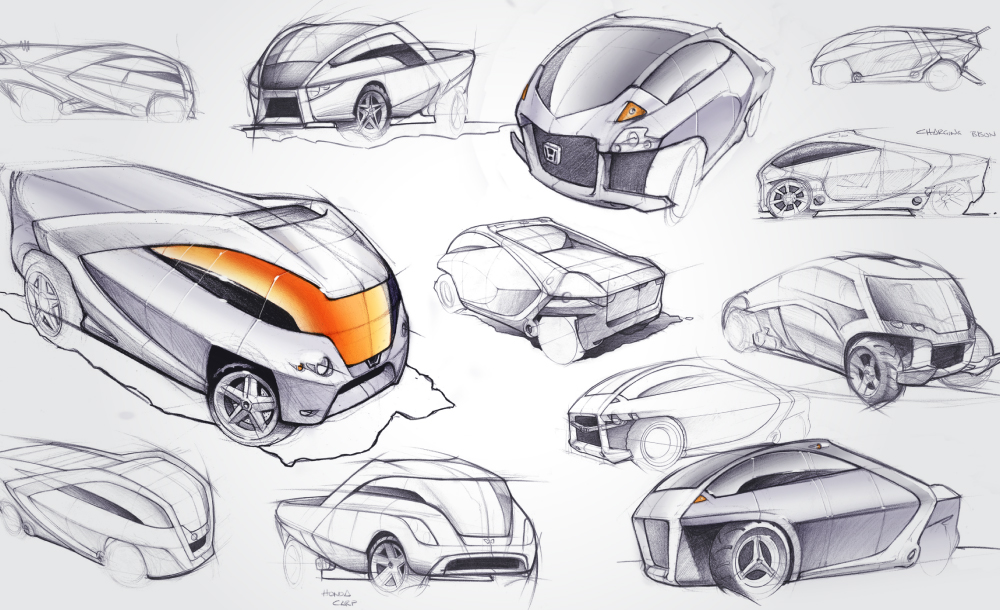On overcoming fear by shifting focus from self to others
One of the greatest challenges I faced as a young designer was overcoming the fear that I might not be able to consistently produce exceptional work.In school, working with teachers and companies who sponsored projects, there was immense pressure to consistently create designs that demonstrated our creativity and skill. It often felt as if my entire future hinged on being able to prove my talent to everyone over and over again. After graduation, as I entered the consulting world, this fear only intensified. I was now being paid to deliver solutions, ideas, and opinions that clients couldn’t develop on their own. The responsibility became overwhelming.

What frustrated me most was that I knew I was a good designer. I had strong drawing, rendering, and prototyping skills. I thrived on the challenges and learning opportunities inherent in problem-solving and felt I was fully capable of achieving great things. Yet, just under the surface, a real fear persisted—the fear that others might not be sufficiently impressed with my abilities.
Initially, I believed this fear was normal. It had driven me throughout school to work harder and push my limits. Now, with the added responsibility of supporting a small family, it seemed natural to experience feelings of inadequacy. However, over time, I noticed that this fear was beginning to affect both my work and motivation.Every new project brought with it an unspoken question: “How do I create something that will exceed my clients’ expectations enough for them to hire me again?” It took time for me to recognize just how deeply ingrained this fear was, and even longer to understand how detrimental it had become.
There are several reasons why I believe this drive is so detrimental. For now though, I want to focus on the most important one – As a designer, maintaining a specific goal to impress others is toxic because it is focused inward. Design is about solving problems and improving the world around us, which requires an outward focus and a release of personal ego. Ultimately, I came to realize that I was designing to show my clients how good I was at designing rather than designing to truly meet their needs. In other words, I was prioritizing my own needs over theirs.
I came to realize that I was designing to show my clients how good I was at designing rather than designing to truly meet their needs.
As this simple truth sank in, I experienced an unexpected wave of peace and relief. I realized that my fears weren’t helping me—they were actually preventing me from becoming the designer I aspired to be. I developed a new mantra that I continue to recite to this day: “What Do They Need?” This simple question immediately shifts the focus outward, where it belongs. It’s versatile, as the “They” can change depending on the stage of a project. During the product briefing, it applies to understanding the needs, goals, and limitations of the client. Later, during concept development, it relates to the challenges and needs of the end users. And when preparing presentations, it helps me communicate ideas in ways that are most meaningful and effective for the client.

By consistently returning to the mantra of “What Do They Need?” I have freed myself from the persistent stress of trying to achieve an unattainable goal. This outward focus has not only enabled me to find high-value solutions but also, ironically, resulted in far more recognition than ever before.
Header image: The Flaming Lips, Ogden Twilight 2023
Photo by: Cameron Bigler

